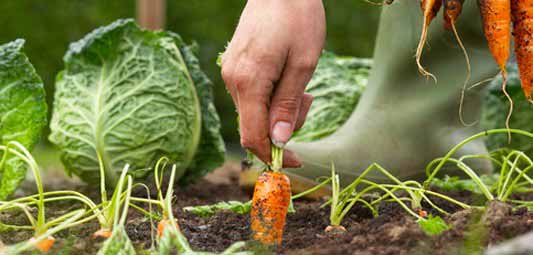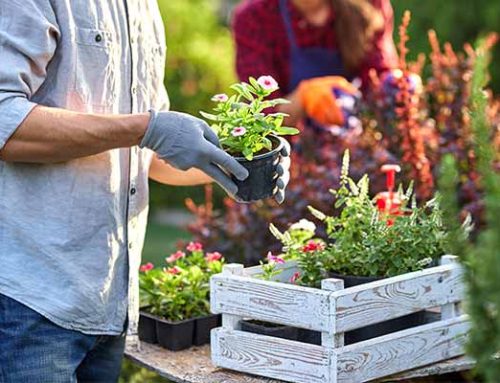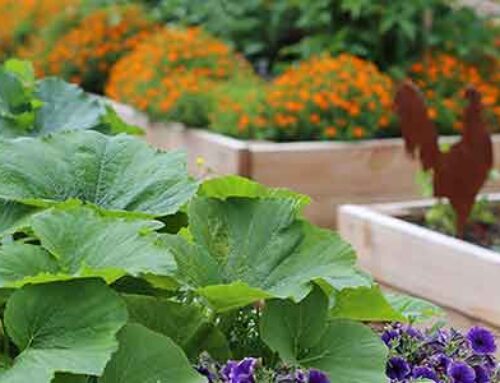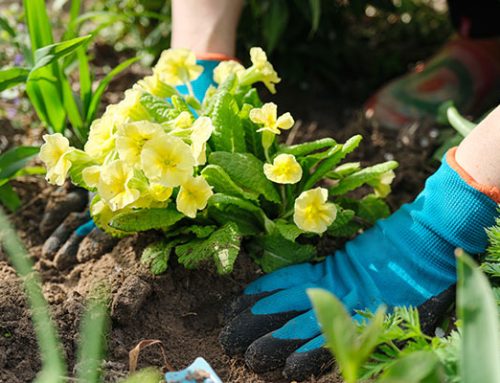
We have always been a nation of gardeners and growing your own fruit and veg dates back well before the Victorian era. This is when the back garden would have been all for edible and the much smaller front gardens were used for the showy Delphiniums, Hollyhocks, Calendula and other cottage favourites.
During the Second World War was when rationing dictated what was available. This also generated the birth of products like ‘Growmore’. A balanced feed of 7-7-7 it was perfect for a general fertiliser. It was shortly after this we saw the arrival of the Growbag.
More recently their rise in popularity came around the end of this century into the early ‘Noughties’ when it became ‘trendy’ as well as healthy and this helped to encourage the growing of many fruits and vegetables in containers too.
Of course, like all hobbies it is as easy or hard as you wish it to be and I challenge anybody to tell me growing peas is difficult!
The answer is to keep it simple. Only grow what you like to eat and for the first time grow larger quantities of less varieties not a few of many.
Planning the season is the thing that requires the most time and once this is done the rest of it is the fun part.

What to Grow and when?
All of the fruit (obviously not Citrus) have good life span.
Be careful to keep Raspberries, Blackberries, LoganBerries, Tayberries under control.
Currants are far easier to manage. Try standard currant bushes to maximise floor space.
Rhubarb is relatively easy if you don’t crop in year one and reduce the harvesting after July to a minimum. Timperley early is best for forcing.
Blueberries and Raspberries prefer ericaceous soil so work well in the same bed.
For fruit trees, if space is a premium then choose self-fertile varieties such as Cox’s orange pippin apple, Scrumptious apple, Victoria Plum (pixie rootstock).Conference and Concorde Pears and Morello, Sun Burst and Stella Cherry.

General good practice/housekeeping
Rotation is key. The legume (pea and bean) family after year 1 leave pockets of nitrogen in the soil when they are done so leafy veg in year 2 will thrive on this. Then look to grow root veg here in year 3 as the 2 previous years should not have used too much phosphorus which is what root veg wants. Ideally year 4 would be fallow, however that is a luxury most can’t justify.
Soil treatment after season is recommended. Manure and mulch helps to re-condition the soil but can be quite acidic. This is NOT what brassicas want so the addition of lime in the autumn before planting leafy stock is highly recommended. Once the brassica and leafy stuff is finished then add Manure/mulch in the autumn.
Heavy Clay soils should be double dug in winter to expose to frosts to help break it down. Horticultural sharp sand can also be used.
Leave good space between plants so you can see what is, or isn’t, going on. This also allows space to hoe between them to keep the weeds at bay.
Some crops grow so quick that they can be grown between the rows of slower growing produce so that it is harvested before that space is needed. This makes for an efficient system to maximise crops in the space available. A good example would be radishes between lettuces.




